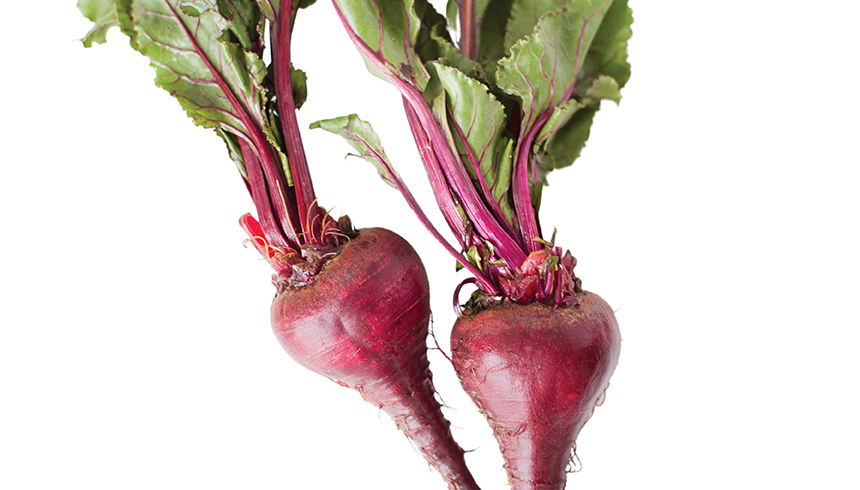Get Moving To Jump-Start Your Brain
By Lisa Cianci, Editorial Contributor
Exercise is good for your heart, but did you know it’s good for your brain, too? And even better: You don’t have to do a specific type of exercise to boost your brain power. The key is to just get moving!
The cerebral benefits of exercise are almost too good to be true. It helps your attention span, memory and comprehension, essentially improving your ability to learn. Even one session of physical activity can improve kids’ cognition and lessen anxiety for adults.
When you exercise, your cerebral blood flow increases and helps protect against age-related loss of gray matter, says Dave Brummert, an exercise specialist with the Orlando Health National Training Center. And because physical activity also lowers resting cortisol levels over time, you’re better able to manage stress and prevent cognitive decline — possibly lowering the risk of Alzheimer’s disease and dementia.
Although any movement brings brain benefits, studies have found that compound movements — such as squats and deadlifts involving larger muscle groups — result in bigger increases in hormone release afterward. And using larger muscle groups will tax the cardiovascular system more as well, increasing your heart rate, respiration and cerebral blood flow. Some studies show that high-intensity interval training (HIIT) can improve cerebral blood flow more than lower-intensity steady state cardio.
Exercise Reduces Depression and Anxiety
Exercise also is one of the best antidotes to anxiety and depression, research shows. It increases the production of endorphins and leads to an increase in other feel-good chemicals, such as serotonin and dopamine. Another theory suggests that an increase in the temperature of the brain stem from exercise leads to relaxation and less anxiety. And from a psychological standpoint, feeling confident that exercise helps also can ease depression.
Another mechanism that helps the body handle stress is the production of heat shock proteins, says Brummert. These proteins, produced in response to heat stress and exercise, confer a robust stress-resiliency to cells, leading to the body’s improved ability to handle physiological stress.
Exercise Helps the Gut, Too
The gut is often referred to as the “second brain” and plays a major role in stress, inflammation, depression and anxiety.
By combining your fitness routine with appropriate fiber intake, you can improve your gut health. The U.S. Food and Drug Administration recommends 25 grams of fiber daily for a 2,000-calorie diet. And the American Heart Association suggests you get most of your fiber from whole grains, such as brown rice, oatmeal and popcorn.
Regular exercise also can help improve the diversity and health of the bacteria in the intestines. This group of bacteria, known as the gut microbiome, plays a big role in our overall health and well-being, along with our brain health, says Brummert. Our intestines produce more than 90 percent of the serotonin in our bodies, so if we have an imbalanced or homogenous microbiome, our physical and mental health can suffer.
Because the gut has its own nervous system, separate from the central nervous system, we’ve come to recognize the gut as our “second brain.” It’s important that we learn how to properly take care of both of our brains so they can better take care of us.
Kick-Start Your Exercise Routine
Dr. Fred Soliman, a sports medicine physician with Orlando Health Jewett Orthopedic Institute, offers these tips to kick-start an exercise routine that will help your body and your brain.
- Start slowly and create an exercise schedule.
- Be consistent to turn working out into a habit.
- Sneak in exercise early in the morning, late in the evening or while your children are at school.
- Find workouts you enjoy, such as weight training, yoga or on-demand fitness programs.
- Set goals and reward yourself once they’re achieved.
- Work out with a friend.
- Try brisk walking for 30 minutes.
- Do chores around the house or mow the lawn.









